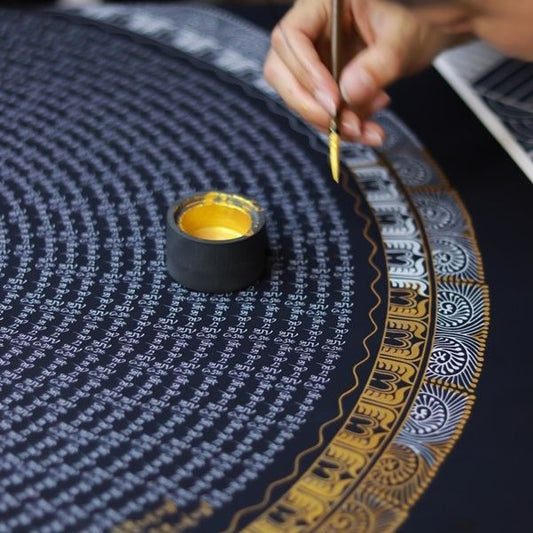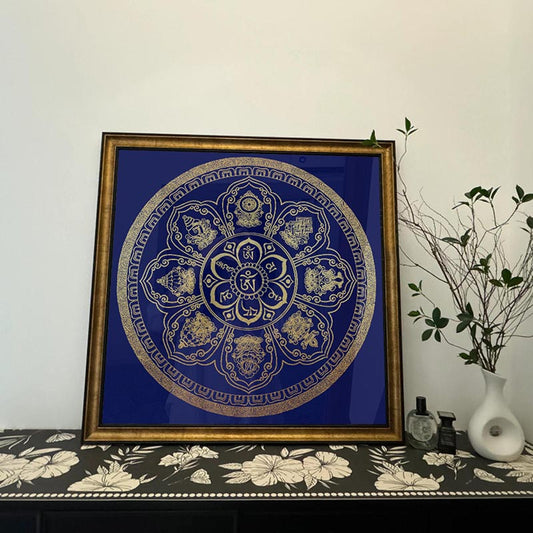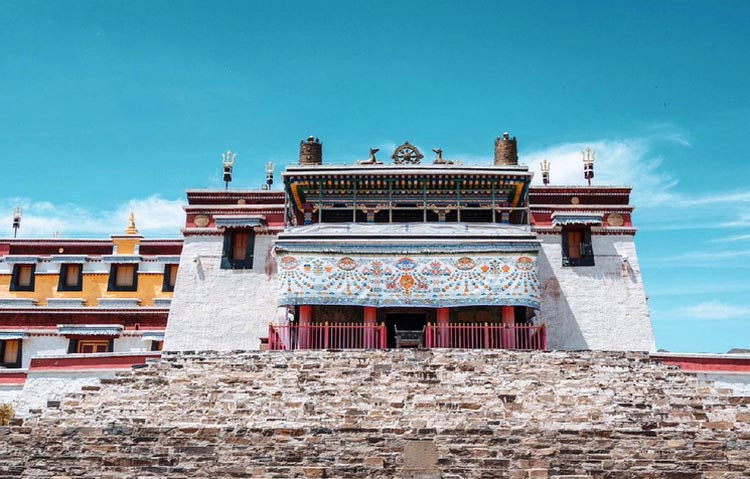The Quiet Beauty of Nepalese Thangka Paintings
The Quiet Beauty of Nepalese Thangka Paintings
Wandering through a winding alley in Kathmandu, you might find yourself drawn into a small shop, its walls alive with vibrant tapestries. These are Nepalese thangka paintings, intricate narratives woven in color and devotion. They have quietly thrived for centuries, a testament to the rich tapestry of Himalayan spirituality that stretches beyond borders.
What sets Nepalese thangkas apart is their unique blend of artistic traditions. In Nepal, you’ll find a subtle confluence where Tibetan Buddhist iconography marries Newari artistic flair. The Newars, an indigenous people of the Kathmandu Valley, have a long-standing tradition of exquisite craftsmanship. Their influence infuses the thangkas with a distinctive elegance, a touch of earthiness in the soft, muted palette that often accompanies the bold, spiritual expressions of Tibetan Buddhism.
Natural pigments play a starring role in these works. The minerals and plants of the Himalayan landscape — malachite for green, lapis lazuli for blue, and saffron for yellow — are ground and mixed by hand. This process, passed down through generations, isn’t just about achieving a particular hue; it’s a ritual in itself, a meditative preparation where the painter harmonizes their spirit with the world around them. It is a humbling dance between nature and nurture, where the colors themselves seem to tell ancient stories, each brushstroke a verse.
The creation of a thangka is not merely artistic; it is an act of devotion. When a painter sits before a blank canvas, they embark on a spiritual journey. Each deity depicted, whether it is the serene visage of Avalokiteshvara or the fierce energy of Vajrapani, requires a precise adherence to iconographic guidelines. These intricate details are not simply artistic choices but are imbued with symbolic significance; the lotus seat symbolizing purity, the third eye indicating divine insight. The painter, therefore, is both artist and monk, meditator and creator.
Nepalese thangka painters often undergo rigorous training, apprenticing under masters for many years. This lineage of knowledge is not just about technique; it’s about absorbing the spiritual ethos that permeates every aspect of the painting. In this way, thangkas become not just objects of beauty but vessels of spiritual energy, designed to aid in meditation and bring the observer closer to enlightenment.
In a world that often seems hurried and impatient, the deliberate patience found in the creation of a Nepalese thangka offers a gentle reminder of the value of mindfulness and dedication. As you stand before a finished painting, perhaps you’ll sense the quiet dialogue between age-old tradition and the present moment, a conversation held in brushstrokes and whispers of history.
Thangkas may emerge from the quiet corners of Nepal, but they carry a resonance that speaks loudly of life's universal mysteries and beauties. And isn't that the quiet magic of art—its ability to make us pause, reflect, and connect with something greater than ourselves?





